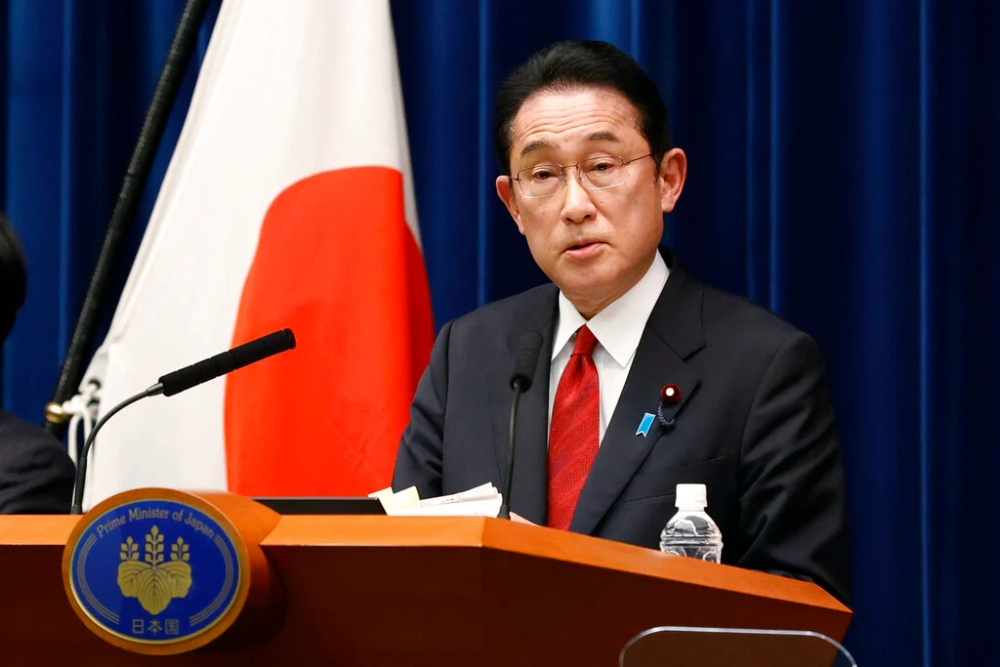Published
- 3 min read
Japan's Strategic Shift: Balancing Security and Global Alliances

A New Era in Japan’s Defense Policy
Japan’s evolving defense strategy marks a critical turning point, reflecting its shift from a reactive posture to one prioritizing active deterrence and global alliance integration. With a commitment to increase defense spending to 2% of GDP by 2027, Tokyo is addressing regional threats while aligning with broader geopolitical priorities. This transition underscores Japan’s recognition of the interconnected nature of Indo-Pacific and Euro-Atlantic security dynamics.
Strategic Investments in Defense Capabilities
Japan’s planned defense allocations signal a forward-looking approach to modern military readiness. Key focus areas include:
- Long-Range Precision Weapons: Investments in advanced missile systems like the Tomahawk and Mitsubishi’s Type-12 highlight Japan’s readiness to counter regional threats from China and North Korea.
- Integrated Air and Missile Defense: Enhanced radar systems and interceptors are central to addressing hypersonic and ballistic missile risks.
- Cyber and Space Domains: Advanced satellite networks and cyber defense initiatives aim to fortify Japan’s multi-domain operational capabilities.
- Unmanned Systems: Drones and autonomous systems are being prioritized to modernize reconnaissance and reduce operational costs.
These investments are complemented by robust logistical enhancements, ensuring Japan’s ability to sustain long-term engagements in an increasingly volatile region.
The Indo-Pacific Context
China’s assertive actions in the East China Sea and North Korea’s missile advancements have heightened regional tensions. Japan’s bolstered defense posture, including its maritime and aerial capabilities, reflects a determination to uphold stability in the Indo-Pacific. Strengthening maritime domain awareness through land, sea, and space-based surveillance systems further underscores Japan’s commitment to securing its territorial waters and airspace.
At the same time, Tokyo’s alignment with the U.S. and NATO showcases its broader commitment to the rules-based international order. The move toward greater burden-sharing within alliances reflects Japan’s growing role as a proactive security partner.
Challenges and Domestic Implications
While Japan’s strategic recalibration has garnered international support, domestic hurdles remain:
- Economic Strains: Funding the defense budget surge through bonds and potential tax hikes could strain Japan’s economy, particularly given its aging population.
- Pacifist Constitution: The reinterpretation of Article 9 to accommodate counterstrike capabilities continues to provoke debate, requiring the government to justify these measures convincingly.
- Defense Industrial Base: Overcoming reluctance within Japan’s private sector to engage in defense production will require targeted incentives, such as subsidies and export-specific facilities.
Public opinion will play a crucial role in sustaining this transformation, as citizens weigh the necessity of these reforms against their economic and social implications.
Technological Edge and Self-Sufficiency
Japan’s success in modernizing its military depends on its ability to integrate disruptive technologies. Areas such as AI, cyber defense, and dual-use innovations remain underdeveloped compared to other advanced nations. Strengthening collaboration between the government and private tech sectors is essential for achieving greater self-reliance in these domains.
Additionally, addressing personnel shortages within the Japan Self-Defense Forces (JSDF) through improved recruitment and retention strategies will be critical to operational readiness.
Global Implications and Alliance Dynamics
Japan’s defense strategy is reshaping regional and global security landscapes. By aligning its spending with NATO benchmarks, Tokyo signals a commitment to shared security responsibilities. Enhanced interoperability with U.S. forces and deeper integration into alliance frameworks demonstrate Japan’s readiness to take on a leadership role in maintaining peace and stability.
Conclusion
Japan’s defense transformation represents more than just a policy shift—it is a strategic recalibration designed to address emerging threats, strengthen alliances, and position the nation as a stabilizing force in the Indo-Pacific. Balancing this proactive stance with domestic sensitivities and economic realities will determine the success of Japan’s ambitions. By investing in technological innovation, fostering global partnerships, and addressing regional security challenges, Japan is charting a path toward a more secure and influential future.
